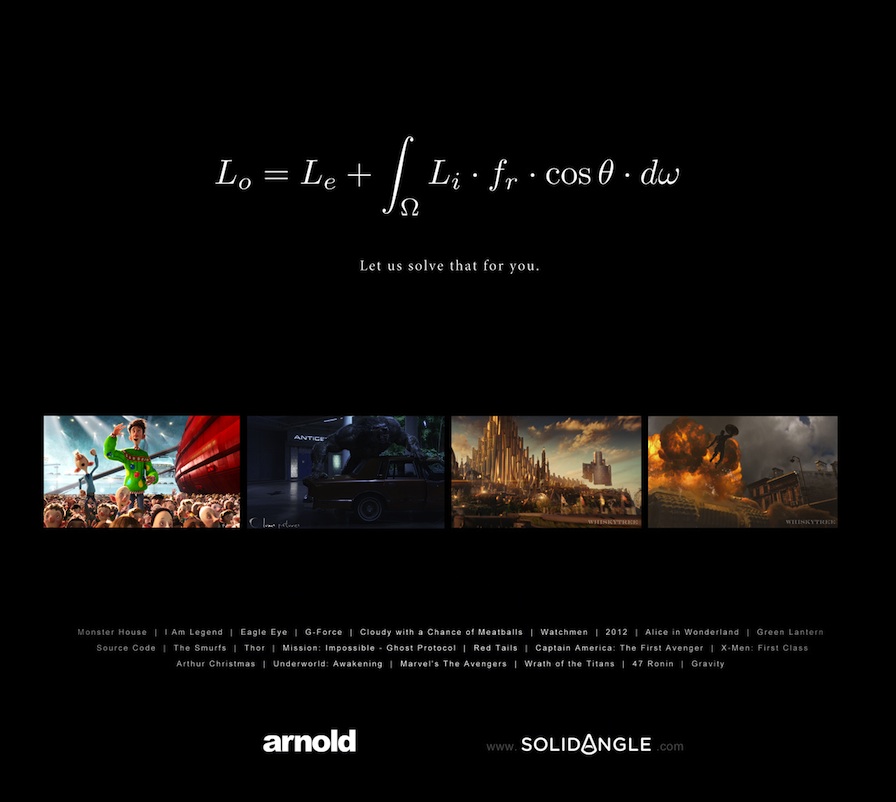Full Disclosure Update: in the original post, I forgot to mention my affiliation with the SIGGRAPH 2012 committee (I’m the Games Chair).
I’ve given several presentations at SIGGRAPH, and have spoken to many other game developers who have done the same. We have all found it to be an amazing experience; fun, career-enhancing, educational, and somehow simultaneously ego-boosting and humbling.
While there are many other conferences (GDC being uppermost in many game developer’s minds) SIGGRAPH holds a special place for anyone whose work involves computer generated visuals. For almost 40 years, SIGGRAPH has united the many disparate communities working in computer graphics, including academic research, CAD, fine arts, architecture, medical and scientific visualization, games, CG animation, and VFX. Each year the conference attracts the top technical and creative minds of the field for a week-long pressure cooker of learning, discussing, presenting, arguing, networking, and brainstorming about everything to do with computer graphics.
SIGGRAPH 2012 will take place in Los Angeles this August. There is a great opportunity for game developers to present at this year’s conference, but time is short since one of the most important deadlines is less than two weeks away.
Presenting at SIGGRAPH is a lot easier than most people think. While it is true that the quality bar is high, there are several programs that are seeking exactly the kind of practical, real-world advances and innovations that happen all the time in game development. Of these, the SIGGRAPH talk program is the most friendly to game developers; proposals for these 20-minute talks are easy to prepare and the topics covered vary from rendering and shading techniques through tool and workflow improvements to specific look development and production case studies. As a general rule of thumb, If it’s high-quality work and the kind of thing a graphics programmer or technical artist would do, chances are it would make a good SIGGRAPH talk proposal.
The general submission deadline for talks is in just under two weeks, on February 21. That isn’t a lot of time, but fortunately talk submissions only require preparing a one-page PDF abstract and filling out some web forms (additional materials can help if you have them – more details can be found on the talk submission page). Still, getting approval from management typically takes time, so you shouldn’t delay if you are interested. To get an idea of the level of detail expected in the abstract, and of the variety of possible talks, here are some film and game Talk abstracts from recent years: Making Faces – Eve Online’s New Portrait Rendering, MotorStorm Apocalypse: Creating Explosive and Dynamic Urban Off Road Racing, It’s Good to Be Alpha, Kami Geometry Instancer: putting the “smurfy” in Smurf Village, Practical Occlusion Culling in Killzone 3, and High Quality Previewing of Shading and Lighting for Killzone3.
If you are reading this, please consider submitting the coolest thing you’ve done last year as a Talk; the small time investment will repay itself many times over.
Good luck with your submissions!






